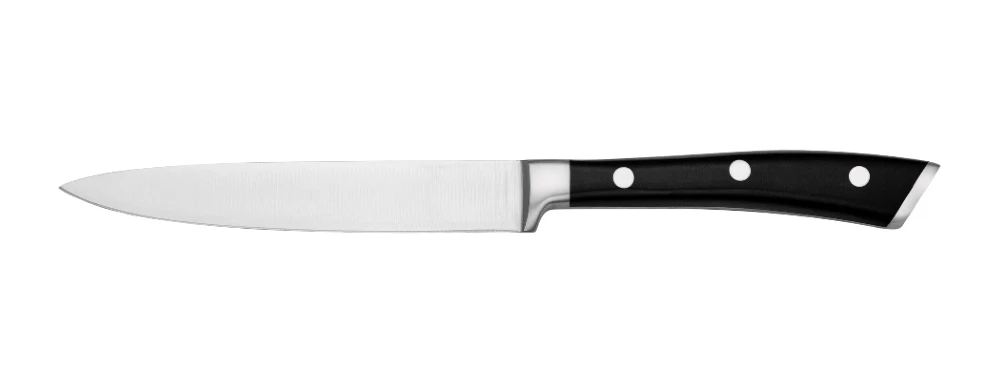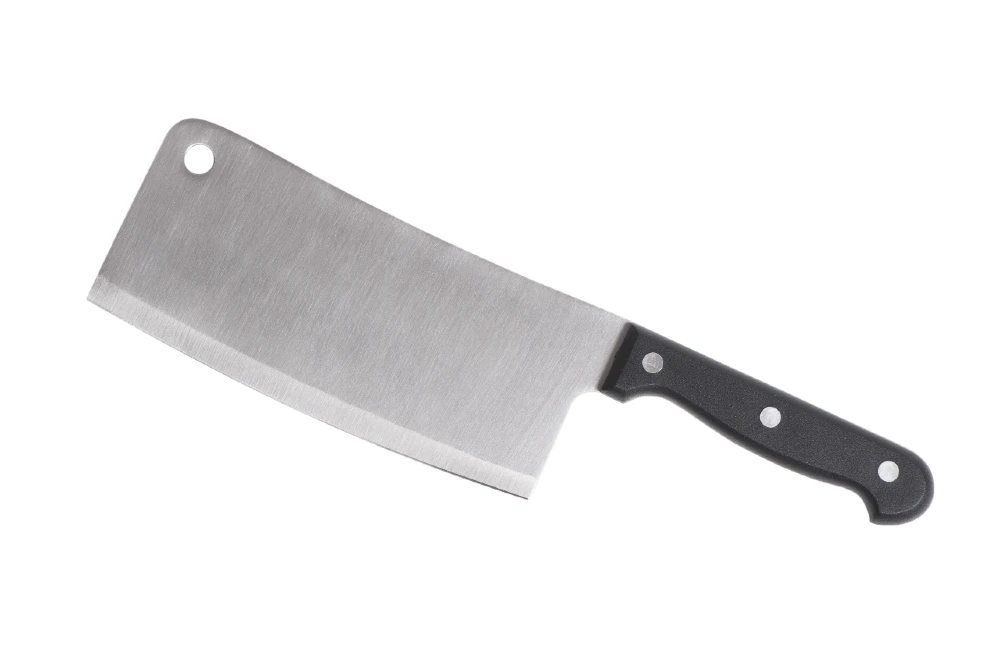What Are the Essential Specialized Knives for Every Kitchen Apart from a Chef's Knife?
September 20, 2024
The most essential piece of equipment in many kitchens is a chef's knife because of its flexibility and durability; however, using only this single knife limits your possibilities. To master the kitchen well, it is helpful if one invests in many knives, all of which are meant for different purposes.
These specialized tools are capable of raising your level of efficiency and accuracy to the next level, so the entire process of cooking becomes a breeze and a source of pleasure rather than stress. Let's take a closer look at these crucial knives and see how each of them has something special to offer to the culinary industry.

The paring knife is an important utensil when doing intricate or rather sensitive jobs in the kitchen.
The Paring Knife
A paring knife is an important utensil when doing intricate or rather sensitive jobs in the kitchen. Its thin, delicately slim blade, often measuring between 2 and 4 inches long, allows for movements that are perfect for accurate control in detailed operations. It is best used for jobs that cut across foods, like fruit and vegetable skin or shrimp veins and fats in meat.
The paring knife is significantly smaller than other knives, and this enables the user to make small and accurate cuts that may not be possible with larger knives. For example, when slicing garnishes or foods such as garlic cloves, the versatile thinner blade of the paring knife is ideal for delivering precision.
The Serrated Knife
The serrated knife is useful for cutting foods that have a hard skin and soft core, which would be difficult to cut through using the other two types. Serrated knives have a cutting edge that resembles a set of teeth, which grasps and slashes hard surfaces with minimal effort. This is ideal for shaving off crusty bread or easily slicing a ripe tomato without compressing its delicate juices.
The edge has tiny cuts with spaces between the teeth that help to get a clear incision through skin or crust without making a mess or getting your hand wet from juices. This knife is also used for slicing many foods that have a hard outer covering, like pineapples.
The Utility Knife
The utility knife serves as a versatile middle ground between the paring knife and the chef's knife. With a blade length ranging from 4 to 7 inches, it is designed for a wide range of tasks that do not require the heft of a chef's knife or the precision of a paring knife. It is particularly effective for slicing fruits, vegetables, and even some cuts of meat.
Its balanced size allows for precise cuts while still being able to handle larger items that might be cumbersome for a paring knife. For example, the utility knife is ideal for slicing apples, carving small roasts, or cutting cheese.
The Boning Knife
When dealing with meat, poultry, or fish, the boning knife becomes indispensable. This knife features a thin, flexible blade that is designed to navigate around bones and cartilage with precision. The flexibility of the blade allows it to bend and maneuver easily, making it easier to separate meat from bones and remove sinew or fat. Whether you are deboning a chicken, filleting a fish, or trimming a roast, the boning knife's specialized design ensures that you can perform these tasks efficiently and with minimal waste.
The Santoku Knife
The Santoku knife, originating from Japan, is renowned for its multipurpose capabilities. Its blade, which typically features a flat cutting edge with a slight curve, is ideal for slicing, dicing, and mincing. Many Santoku knives come with a Granton edge — small indentations along the blade that help reduce friction and prevent food from sticking.
This design allows for smooth, precise cuts, whether you're preparing vegetables, meats, or fish. The Santoku knife's versatility makes it a popular choice for both professional chefs and home cooks who appreciate its balanced performance and ease of use.

The cleaver's large, rectangular blade is designed to handle tough ingredients.
The Cleaver
For tasks that require heavy-duty cutting, the cleaver is a powerhouse tool. Its large, rectangular blade is designed to handle tough ingredients such as bones, large cuts of meat, or dense root vegetables.
The cleaver's weight and thickness enable it to deliver clean cuts, making it indispensable for butchery and other robust kitchen tasks. Its broad surface can also be used for smashing garlic cloves or transferring chopped ingredients, adding to its utility in a busy kitchen.
The Fillet Knife
The fillet knife is tailored specifically for filleting delicate fish and other tasks requiring precision. Its long, narrow, and flexible blade allows for smooth, controlled cuts, making it easier to remove bones and skin from fish fillets. The flexibility of the fillet knife ensures that you can work around bones and cartilage without tearing the flesh, which is essential for achieving clean, professional-quality fillets. This knife is also useful for tasks that require delicate handling, such as preparing intricate seafood dishes.
The Carving Knife
When it comes to carving roasted meats, the carving knife is the go-to tool. Its long, narrow blade is designed to slice cooked meats like turkey, beef, or ham into thin, even slices.
The carving knife's design provides the control needed to achieve consistent, uniform portions, which enhances both presentation and portioning. Whether you're carving a holiday turkey or slicing a roast for a family dinner, this knife ensures that each slice is precise and beautiful.
The Nakiri Knife
For chopping vegetables, a Nakiri knife is most suitable since it has a flat rectangular blade. Its flat cutting edge enables it to make clean cuts on fruits and vegetables, including onion chopping, cabbage slicing or rapid chopping of many vegetables.
This prevents the cutting tool from crushing the material on the table, and for recipes which involve finely chopped vegetables the Nakiri knife makes the task easy, because all the cuts are uniform. It is also useful when transfering chopped vegetables from the cutting board to the pot due to its large surface area.
The Tomato Knife
Finally, the tomato knife is a small-sized specialized knife that is mainly used in cutting soft-skinned fruits and vegetables. It has a sharp and jagged edge, which makes it suitable for slicing items with a soft external layer but firm interior, such as tomatoes. This knife is particularly helpful in the kitchen when preparing salads and sandwiches because it is possible to cut tomatoes that are filled with a lot of juice.
Conclusion
Although we described the chef's knife as being the most efficient and most widely used knife, it is evident that in order to have the most effective kitchen, it does require different knives for different purposes. Each one of these Sakuto Knives, whether for peeling, slicing, deboning or carving, has its special functions that contribute to ones cooking abilities.
Cooking with these specialized instruments can help you boost productivity and efficiency in your kitchen, as well as get better results from your preparations than if you were using regular, everyday utensils.
